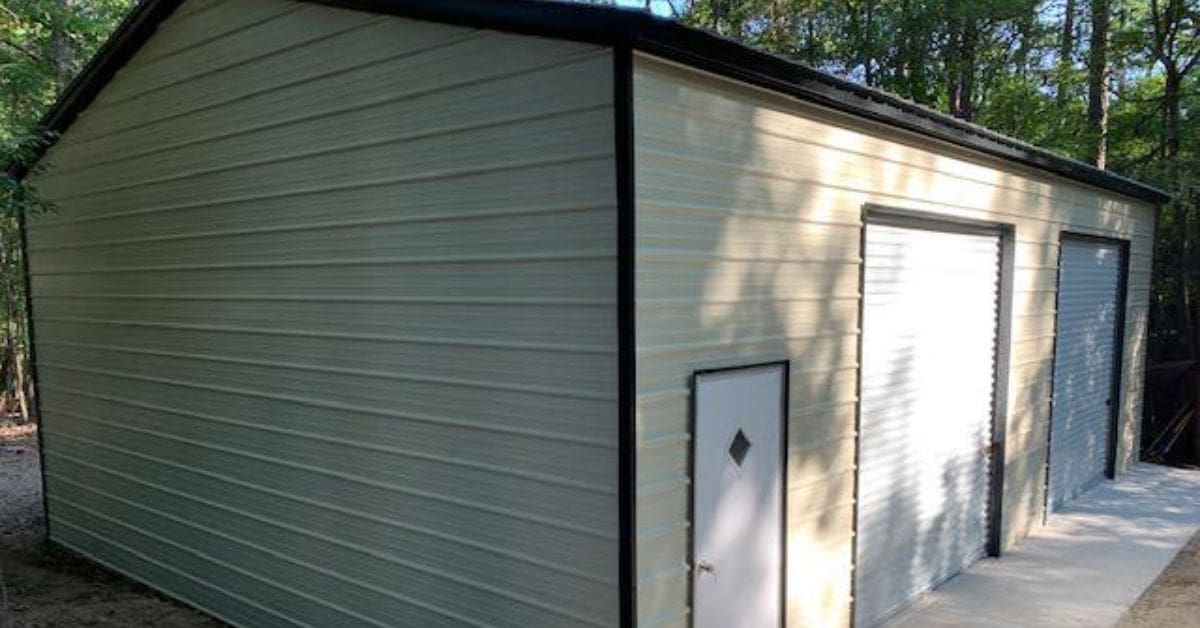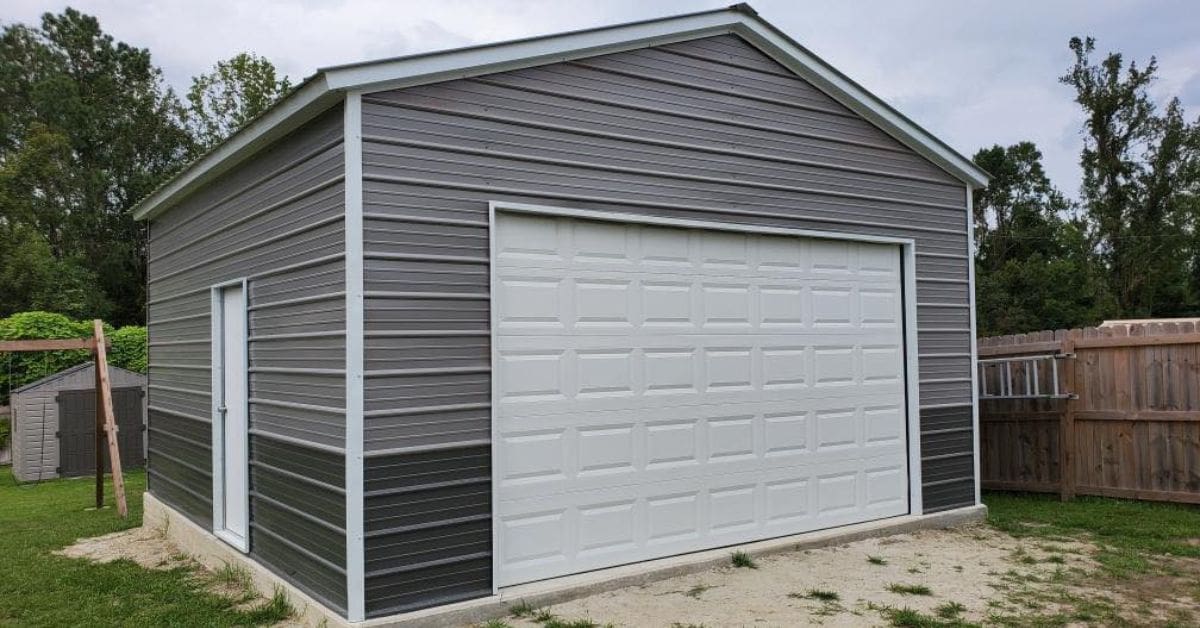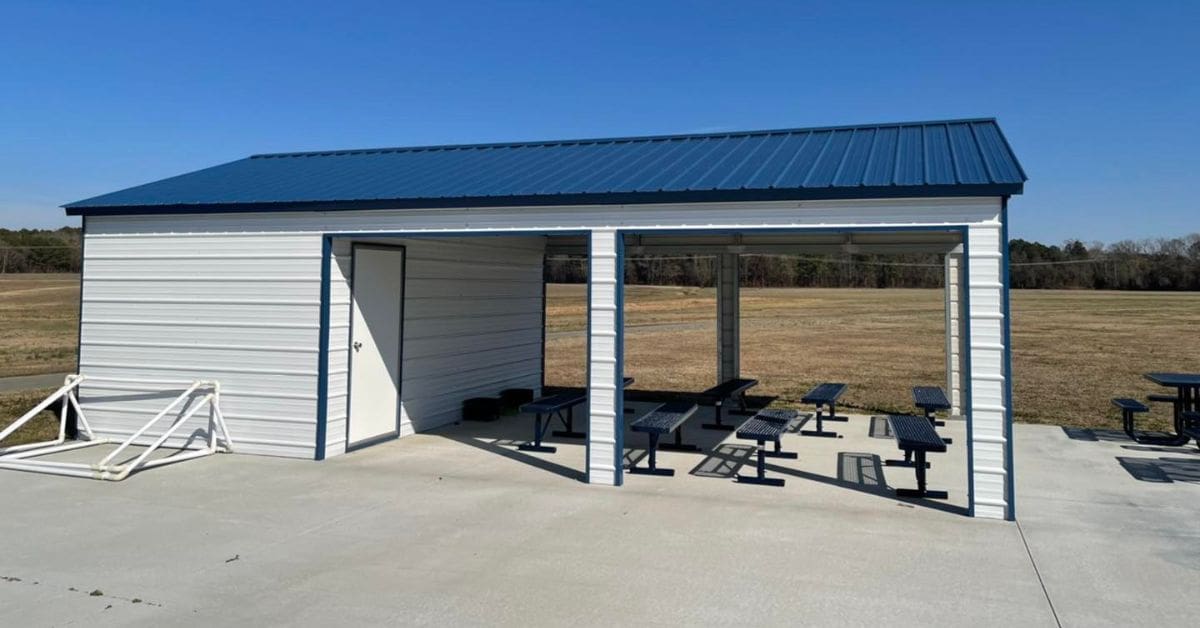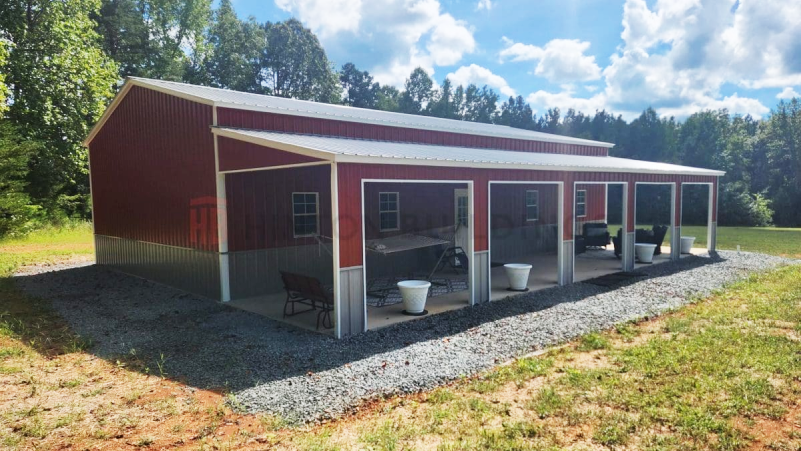
Environmental awareness is at an all-time high, especially for those working in the construction industry. Everyone, from homeowners to business owners, is seeking ways to reduce their carbon footprint, and one of the most significant areas of innovation and interest is eco-friendly buildings.
Choosing sustainable building materials can significantly impact our planet’s health. One such material gaining traction is metal. But are metal buildings eco-friendly? Here are some key things to know that delve into the ins and outs of metal structures, their environmental benefits, and how they stack up against traditional building materials.
Metal buildings are structures made primarily from steel or other metal alloys. These buildings can range from residential homes, office buildings, and warehouses to barns and workshops. Thanks to advancements in technology, metal buildings are no longer just plain, industrial-looking structures.
The versatility of metal buildings is one of their standout features. Builders can customize them to suit various needs and aesthetics. Metal buildings offer an array of possibilities, from sleek modern designs for urban offices to rustic finishes for countryside homes.
Some popular examples include prefabricated homes, commercial spaces, agricultural storage facilities, and sports arenas. These structures demonstrate the flexibility and adaptability of metal buildings across different sectors.

One of the most compelling environmental benefits of metal buildings is their energy efficiency. Metal structures provide superior insulation, which helps regulate indoor temperatures and reduces the need for excessive heating and cooling. This energy efficiency translates to lower energy bills and a decreased reliance on fossil fuels, contributing to a smaller carbon footprint.
Furthermore, metal roofs can reflect solar heat, further enhancing energy savings. With the integration of energy-efficient systems, such as LED lighting and smart HVAC solutions, metal buildings can significantly lower energy consumption, promoting a greener, more sustainable approach to construction and usage.
Another significant environmental advantage of metal buildings is their recyclability. Builders can recycle steel and other metals multiple times without losing their inherent properties, making them one of the most sustainable building materials available. Builders can reclaim a metal building’s materials and transform them into new products when the building reaches the end of its life cycle. This process diverts waste from landfills and reduces the demand for new raw materials.
This closed-loop recycling process conserves resources and decreases greenhouse gas emissions associated with metal production. By choosing metal structures, builders and homeowners can contribute to a more circular economy, enhancing the overall sustainability of construction practices.
Metal buildings also offer remarkable durability and longevity. Unlike traditional building materials such as wood, metal is resistant to common issues such as rot, pests, and extreme weather conditions. This resilience leads to a longer lifespan for metal structures, often exceeding 50 years with minimal maintenance. Additionally, metal buildings can withstand harsh environments, including heavy snowfall, high winds, and corrosive elements, making them a reliable choice in various climates.
Investing in metal construction reduces the frequency of repairs and replacements and enhances a project’s sustainability by minimizing the use of additional materials over time. As a result, metal buildings stand as enduring structures that can serve generations while maintaining their structural integrity.
While wood is a renewable resource, it requires significant treatment during construction, which often involves harmful chemicals. On the other hand, metal buildings use fewer toxic materials and do not contribute to deforestation.
Concrete production is one of the largest producers of carbon dioxide. Metal buildings have a lower carbon footprint during production and builders can recycle them more easily, making them a more sustainable choice.
Builders can insulate metal buildings more effectively than traditional materials. Advanced insulation techniques, such as sprayed foam insulation, improve thermal performance and energy efficiency, making metal buildings a superior choice for eco-friendly construction.
Many potential owners often consider the initial cost as a significant factor when evaluating a metal building’s eco-friendliness. Generally, the upfront expense of constructing a metal building can be higher compared to traditional materials such as wood or concrete. This reduced cost is primarily due to the costs associated with steel production and fabrication.
However, it’s crucial to consider these costs in the broader context of long-term savings. Metal buildings tend to have lower maintenance expenses, longer lifespans, and improved energy efficiency, which can lead to substantial savings over time. Ultimately, while the initial investment may be higher, the lifecycle cost benefits and reduced environmental impact can justify the expense for many homeowners and businesses wanting to invest in sustainable construction.
Rust and corrosion are two of the primary concerns associated with metal buildings, particularly those exposed to harsh weather conditions. Rust occurs when moisture and oxygen come into contact with iron or iron-based alloys, leading to the metal’s degradation. Corrosion, on the other hand, can affect a range of metals, and environmental factors, such as humidity, salinity, or chemical exposure, often cause it.
While modern metal buildings have protective coatings and undergo treatments to resist these issues, regular maintenance and inspections remain crucial. Promptly addressing any signs of rust or corrosion can significantly extend a metal structure’s lifespan and maintain its eco-friendly benefits. Implementing preventative measures, such as using galvanized steel or applying rust-resistant paint, can further enhance the metal building’s durability and mitigate the risks associated with environmental wear.

Despite the numerous benefits associated with metal buildings, they come with certain aesthetic limitations that may affect their appeal. Traditionally, metal structures have been perceived as industrial and utilitarian, which can be off-putting for homeowners seeking a more traditional or warm aesthetic.
Despite the advancements in design versatility, including custom finishes and architectural elements that soften the starkness of metal, some may still find it challenging to achieve a cozy or homely appearance.
Planning and constructing an eco-friendly metal unit can be challenging, even for seasoned builders. Here are a few tips to keep things on track:
By accounting for your specific needs and budget, you can achieve results that last.
The key thing to know about metal buildings is that they are eco-friendly. They also offer numerous benefits, from energy efficiency and recyclability to durability. They are a sustainable alternative to traditional building materials and can significantly reduce the environmental impact of construction projects. By understanding the benefits and overcoming common misconceptions, we can make informed decisions that contribute to a greener future.
